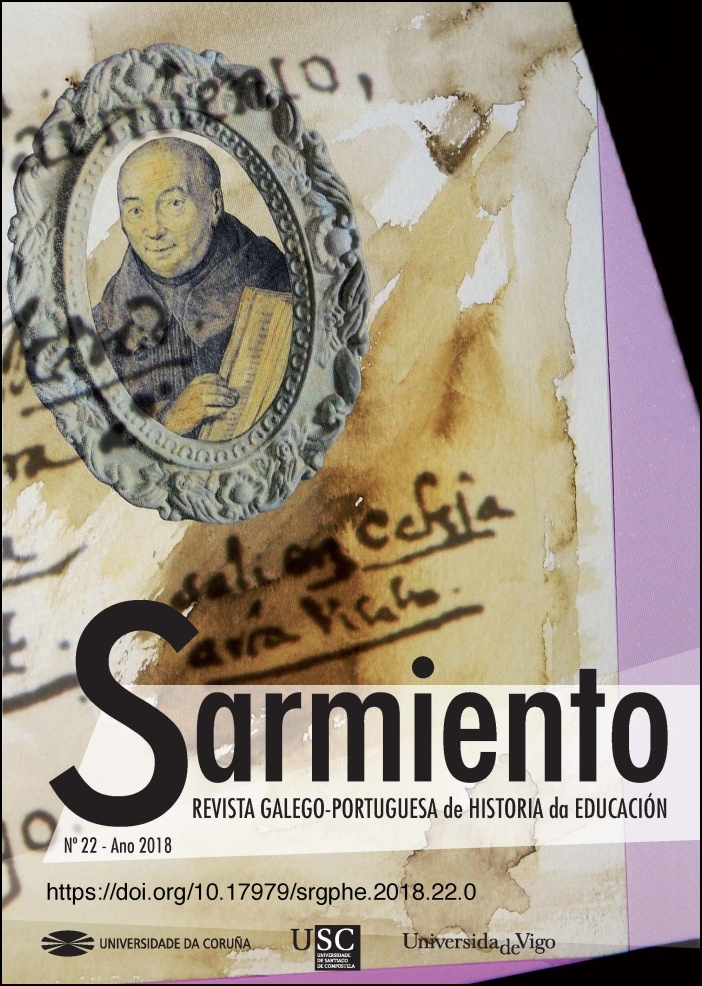María Victoria Moreno or the Deconstruction of Hegemonic Masculinity from the Fringe Un Approach to Leonardo e os Fontaneiros and Anagnórise
Main Article Content
Abstract
From the 1970s onwards, the feminist discourse became more and more explicit in children´s and youth literature. Many writers took advantage of the educational dimension of artistic creativity to denounce the sexist stereotypes found in works for children. This led to the emergence of bold, active female protagonists, who differed greatly from the undecided, passive characters of previous children’s and youth literature. At the same time, stories starring female characters, closely studied by critics, began to flourish. Male characters also underwent changes and some of them were created with features that bore little resemblance those of of hegemonic masculinity. There were two reasons for this: The idea was to try and connect with young readers and to introduce them to new identities. However, they received little attention in terms of qualitative analysis.







